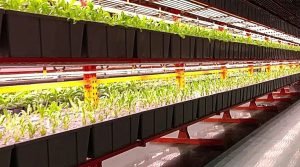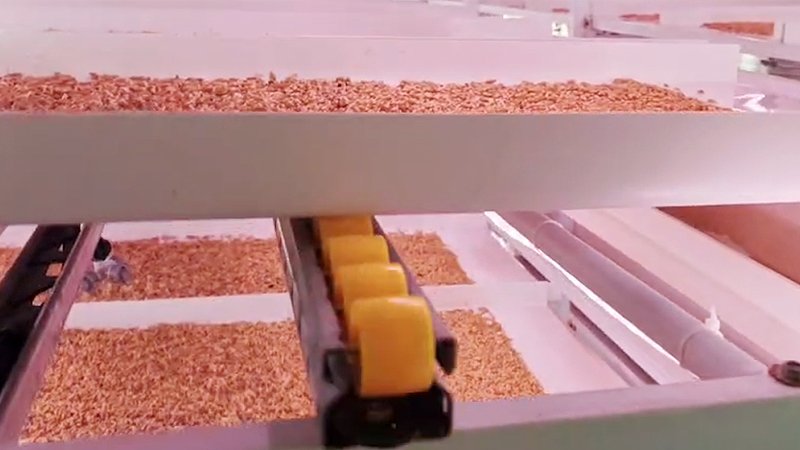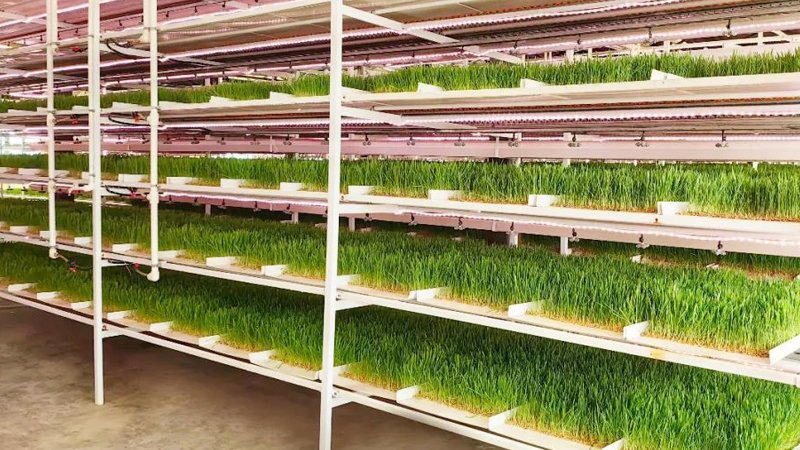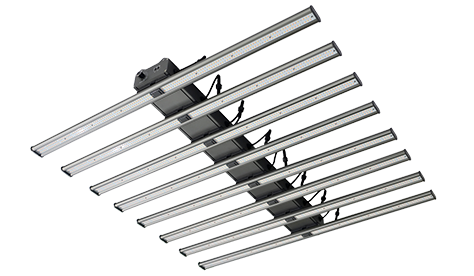Nos últimos anos, ondas de calor consecutivas, secas e inundações levaram a condições climáticas instáveis em todo o mundo, apresentando desafios para o desenvolvimento da indústria de gado.
Os agricultores não têm escolha a não ser comprar feeds caros, feno e outros grãos para nutrir seus animais. Isso exacerba uma cadeia alimentar já tensa e pode levar a taxas de inflação mais altas que os níveis atuais.
Nunca podemos prever quando desastres naturais atacarão, mas há algumas coisas que podemos controlar: empregar técnicas hidropônicas e utilizar com eficiência recursos limitados na agricultura hidropônica de forragens.
A lucratividade da agricultura alimentar continua sendo um tópico de debate, principalmente devido aos custos substanciais de energia e gastos de capital envolvidos.
Um número crescente de empresas na China, Estados Unidos, Oriente Médio e outras regiões agora estão se concentrando em Sistemas de alimentação hidropônica.
Aqui, compartilharei um estudo de caso de uma fábrica de forragem inteligente na cidade de Tumxuk, Xinjiang, China.
Forragem de grama sempre verde em todas as estações
Uma fábrica de forragem inteligente fica no parque industrial da rua Yong'anba, na cidade de Tumxuk, a terceira divisão de Xinjiang.
A área de plantio dessa fábrica de forragem abrange aproximadamente 6.000 metros quadrados, utilizando uma estrutura de plantio vertical de cinco andares que aumenta significativamente a eficiência do plantio por unidade de área.

Produz anualmente cerca de 3.000 toneladas de forragem fresca e de alta qualidade e alta proteína (com um teor de proteína de 32,2%). Em termos de rendimento de proteínas, é equivalente à produção de aproximadamente 3.700 acres de pastagem na China.
Esta fábrica usa um modelo de planta totalmente integrado com mudas inteligentes, fotobiologia, ambiente, solo, cultivo vertical, colheita robótica e sistemas de produção de alimentação.
Curiosamente, a forragem aqui prospera em uma atmosfera enevoada, sem exigir água ou solo.
Na área de mudas, os trabalhadores estão semeando sementes, e você já pode ver muitas sementes que foram semeadas anteriormente rompendo suas conchas e brotando. Um pequeno gabinete pode nutrir até 80.000 mudas forrageiras por vez.

Após 15 a 20 dias de crescimento, essas mudas estão prontas para o transplante para a zona de cultivo ecológico vertical para nutrir totalmente automatizado.
O agricultor personaliza os requisitos de absorção de nutrientes para diferentes tipos e estágios de crescimento da forragem. Eles convertem os nutrientes necessários para a forragem em uma forma nano-mist, controlando com precisão vários indicadores, como teor de água e níveis de oxigênio. Essa abordagem atinge uma taxa notável de economia de água de 95%.
Entrando na área de cultivo, sob o iluminação de crescimento de LED brilhante, fileiras de forragem florescente nas prateleiras de plantio vertical de cinco camadas chamam sua atenção.
Dentro da área de cultivo, vários sensores monitoram dados em tempo real, incluindo temperatura, umidade, intensidade da luz, concentração de CO2 e muito mais.
 Através da parede de vidro da área de cultivo, você pode ver uma grande plataforma de gerenciamento orientada a dados cobrindo toda a parede, servindo como o cérebro da fábrica de forragem inteligente. Ele está exibindo continuamente dados em tempo real para todos os aspectos das operações da fábrica.
Através da parede de vidro da área de cultivo, você pode ver uma grande plataforma de gerenciamento orientada a dados cobrindo toda a parede, servindo como o cérebro da fábrica de forragem inteligente. Ele está exibindo continuamente dados em tempo real para todos os aspectos das operações da fábrica.
Essa plataforma é responsável por receber e processar dados de crescimento da planta carregados pelo sistema de cultivo ecológico vertical, sistema digital de solo, sistema fotobiológico, sistema de controle ambiental da colheita e sistema de robôs.
Ele armazena e fornece acesso em tempo real a todos os dados gerados na fábrica de forragem.
O sistema de forragem de cevada leva 7 dias para colher
A equipe da AuxGrow também concluiu a construção de uma fazenda de forragem interna na região de Aksu, em Xinjiang, China. Nós integramos IoT agrícola para gerenciamento automatizado, alcançando assim alta eficiência e produtividade.
Da imersão de sementes ao plantio, todo o processo de produção é automatizado. Depois de absorver a área de imersão de sementes, as sementes são transmitidas diretamente à área de plantio por meio de uma correia transportadora.

Cada nível do gabinete de plantio é equipado com dispositivos de polia, tornando o processo de colheita e plantio mais eficiente e conveniente.

O design aberto de um lado, com um canal de drenagem na parte inferior, garante drenagem eficaz, impedindo qualquer apodrecimento potencial de sementes ou forragem.

Ao utilizar um método eficaz de plantio vertical de várias camadas, o rendimento por unidade de área dobrou, resolvendo efetivamente a questão da forragem insuficiente para gado e aves.

Vários bicos de pulverização em cada camada irriga automaticamente para manter a forragem consistentemente úmida para um crescimento saudável.

O sistema de iluminação para a fotossíntese adequada inclui dois conjuntos de luzes de plantas suplementares em cada camada.

Este sistema hidropônico vertical em uma fábrica de plantas produz culturas de alta qualidade com um ciclo de crescimento mais curto.

Entre em contato com a Auxgrow hoje mesmo
A construção da fábrica de forragem inteligente representa um passo significativo em direção à transição global da agricultura tradicional para a agricultura digital, otimizando o ambiente de crescimento para forragem ao mais alto grau.
De fato, você pode determinar o modelo de construção da fábrica de fábricas de forragem com base em suas circunstâncias específicas.
- Se você tiver espaço suficiente, pode configurar uma grande estufa.
- Mesmo com espaço limitado, uma fábrica flexível de plantas de contêineres pode produzir culturas substanciais.
Se você deseja aprender mais sobre a agricultura hidropônica de forragens, não hesite em entrar em contato conosco. Ficaríamos felizes em fornecer informações adicionais e exemplos adicionais para mostrar seus benefícios.
Jayes
Como gerente de marketing digital da AUXGROW, Jayes combina paixão por sistemas hidropônicos e experiência em luzes LED de cultivo. Com experiência prática e profundo conhecimento, Jayes guia você pelo mundo do cultivo sustentável.






